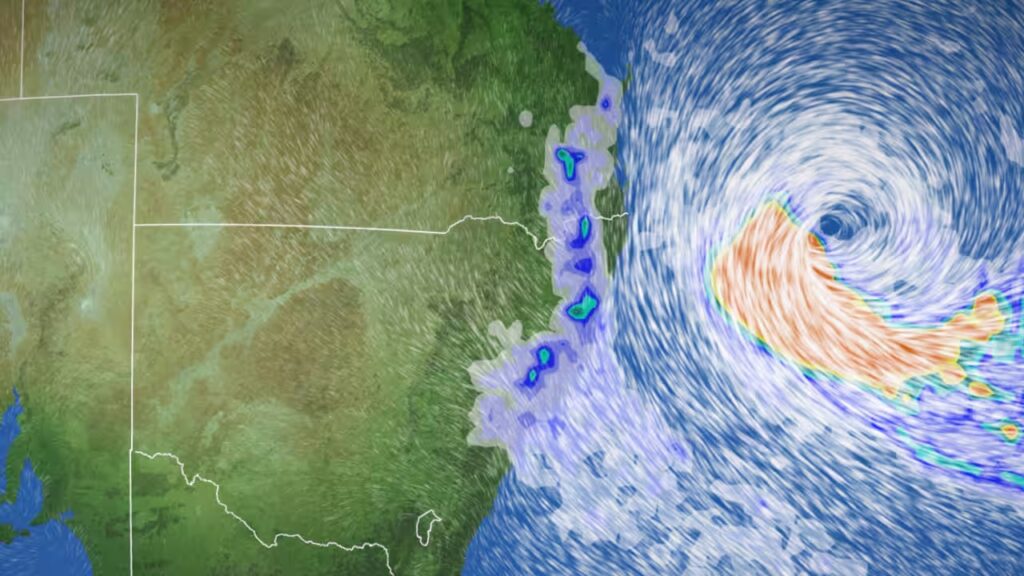We all deserve somewhere safe to call home. Yet Australia’s summers are getting hotter and more dangerous.
Extreme heat is one of the most direct consequences of climate pollution. It is also one of the most harmful, with more Australians dying as a result of heatwaves since 1890 than from floods, bushfires and all other climate-fuelled disasters combined. Extreme heat harms our health, our livelihoods and our economy.
According to our Heat Map tool, for nearly one third of Australian communities, the number of days over 35°C experienced each year could double by 2050.
But there is good news! We can significantly reduce this harm by taking the necessary action to cut climate pollution this decade. We still have time to course-correct and get us on a safer path, but we need to act urgently. The choices made this decade will substantially shape the kind of world our kids and grandkids inherit. By cutting greenhouse gas emissions this decade, we will limit the number of extremely hot days and warm nights Australians are forced to endure in the future.
Find out how hot your neighbourhood could get:
Enter your suburb in the search bar of our Heat Map below to see how stronger action can affect the heat in your area.
What does this mean for regions across Australia?
Darwin:
Based on our existing action to reduce our emissions, Darwin could experience 4 times as many days over 35°C each year by mid-century, with residents facing almost three months more days above 35°C by 2050.
Perth:
Perth could swelter through twice as many days above 35°C by 2050 and face a whole month of extreme heat every summer if we continue on our current emissions trajectory.
Broome:
Based on our existing actions, by 2050 the number of days over 35°C could almost double for the Western Australian tourist town of Broome, with extreme heat occurring up to 139 days of the year. That’s more than 4 months a year over 35°C.
Western Sydney:
Western Sydney residents had a taste of the future on January 4, 2020, when the temperature hit 48.9°C and Penrith was the hottest place on Earth. By mid-century, it is expected that around 4 million people will live in Western Sydney and, if we continue polluting as we are now, will swelter through twice as many days above 35°C. That’s three weeks above 35°C every summer.
Melbourne:
While no stranger to occasional hot days, Melbourne has had mostly mild-warm summers and an average maximum temperature of around 25-27°C. Over the past century, however, summers have become hotter and drier. Summer heatwaves in Melbourne now start on average 17 days earlier and are more frequent, longer-lasting and more intense. Melbournians face double the number of days above 35°C by 2050.
Brisbane:
Brisbane has a warm climate, but relatively few days of extreme heat. However, that is set to change. Without more urgent action to stop burning coal, oil and gas, residents of the Queensland capital may be exposed to three times as many days over 35°C by 2050 and many more uncomfortably warm nights, where the temperature doesn’t fall below 25°C.
Hobart:
Hobart residents experienced an unusually hot summer in 2019, when the city recorded five days over 35°C and one day over 40°C. By mid-century the extreme temperatures Hobart experienced over the 2019-20 summer could become the norm unless we shift away from burning fossil fuels this decade.
Alice Springs:
People in Alice Springs are used to hot daytime temperatures, but climate change is set to scorch the Red Heart of Australia. In future, people living in Alice Springs will be more frequently exposed to extreme heat, as hot days occur more often and hot spells last longer. By the middle of the century, Alice Springs could experience a whole extra month of days above 35°C. The number of very hot days – above 40°C – could rise by three weeks.
Oodnadatta:
The South Australian town of Oodnadatta – which already holds the record for the hottest temperature recorded in Australia – is facing a scorched future. By 2050, based on existing action, Ooodnadatta’s outback residents could face almost two months of daily temperatures above 40°C, and will toss and turn through 47 nights a year above 25°C.
Aurukun:
People living in the remote indigenous community of Aurukun, in northeast Queensland face a much hotter future. Based on existing action, the number of days above 35°C could almost double by mid-century to more than 100 days a year. There will also be lessrelief when the sun goes down, with temperatures projected to remain above 25°C for 112 nights each year.
Climate pollution is rapidly turning up the heat in Australia. Whether we live in cities or regional towns, Australians are sweltering through even hotter days and killer heatwaves. If we don’t take further steps now, some neighbourhoods and communities will become so hot people will struggle to live there.
Read our summer 24-25 outlook briefing paper
Fortunately, stronger action today to cut climate pollution – caused by the burning of coal, oil and gas– can limit the number of very hot days and nights we experience in the future.










